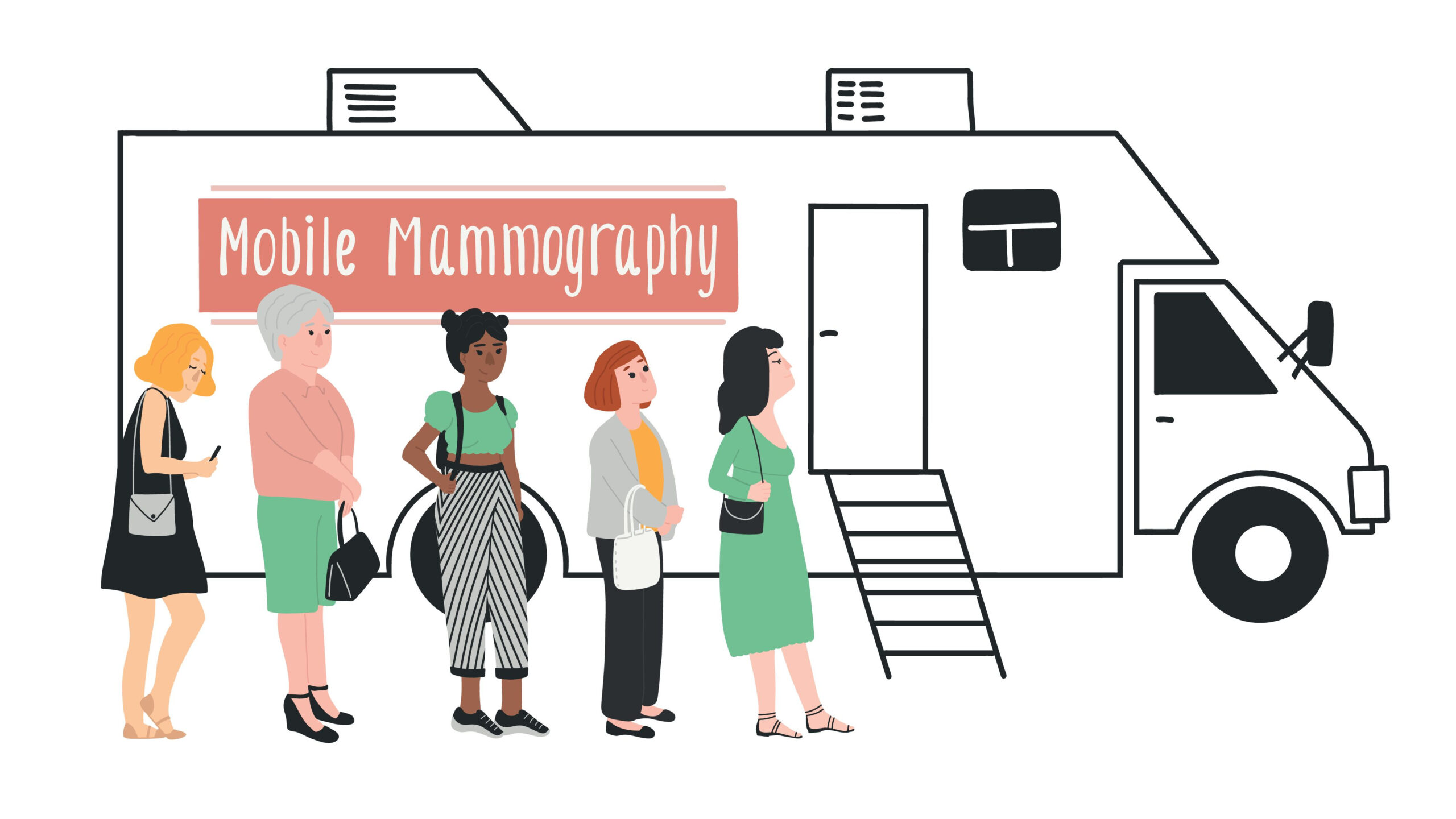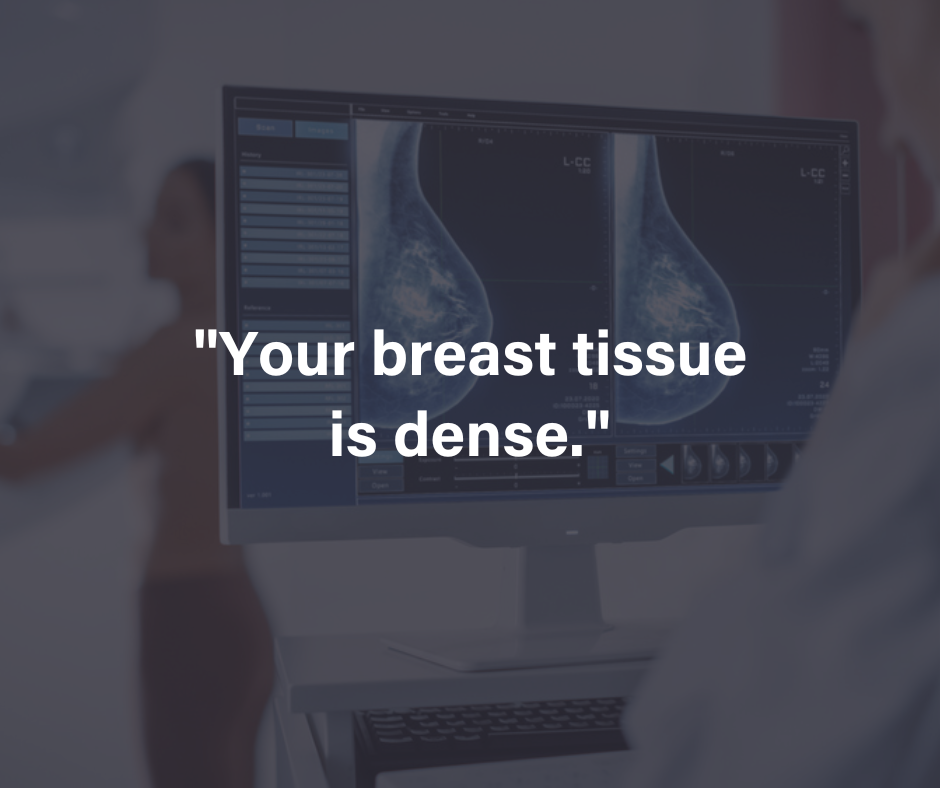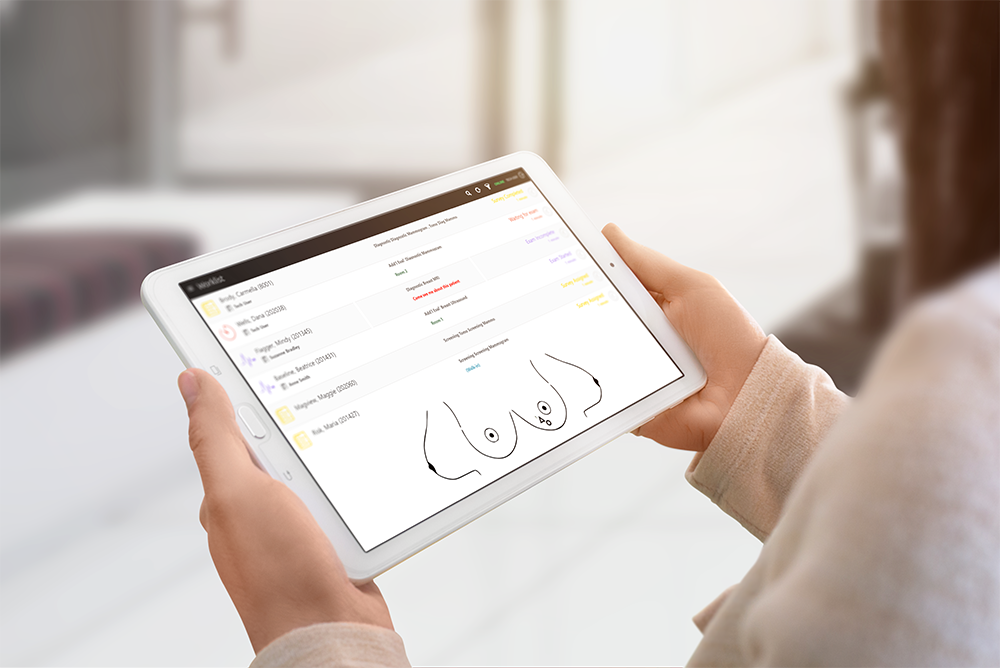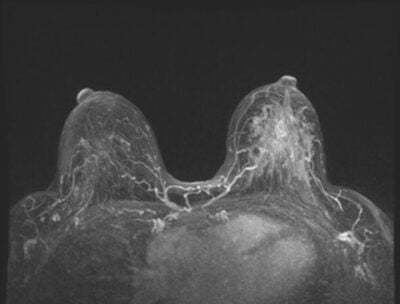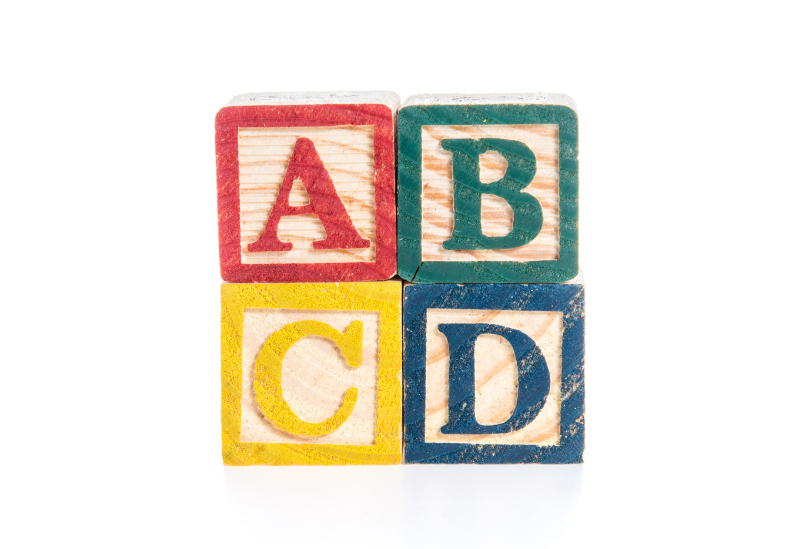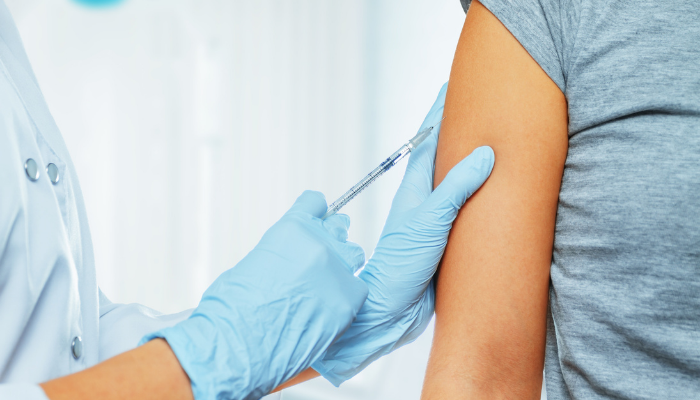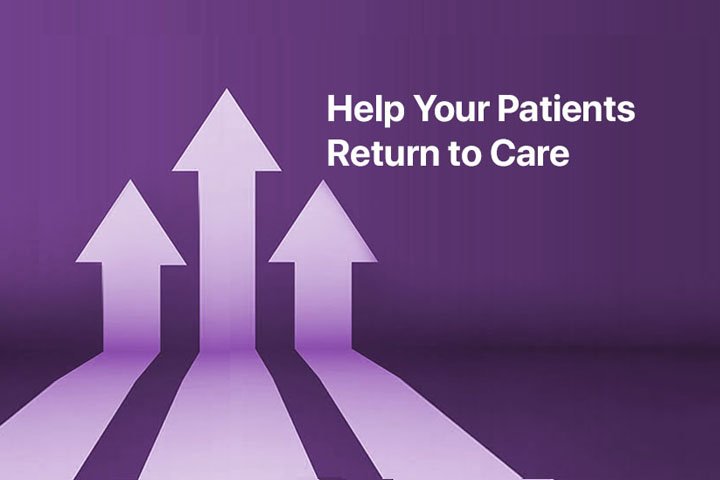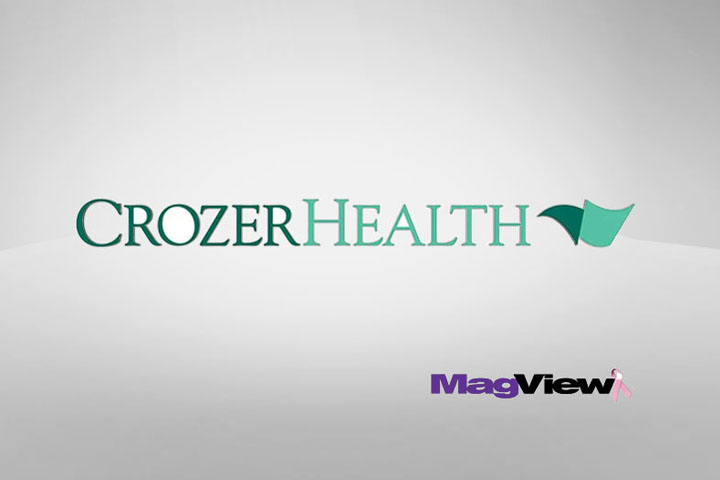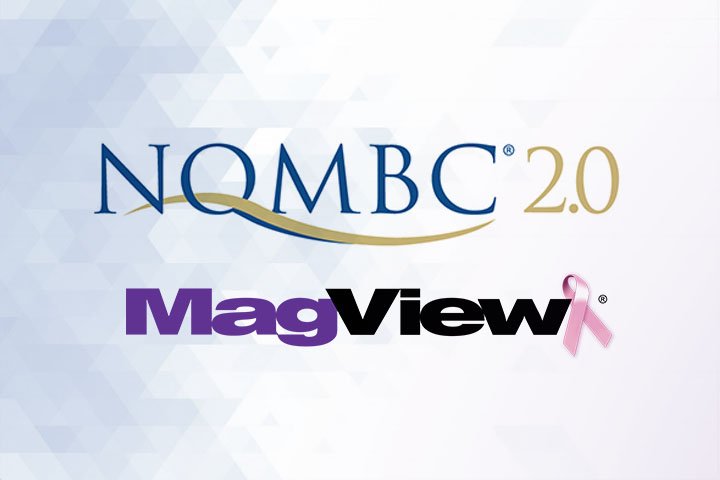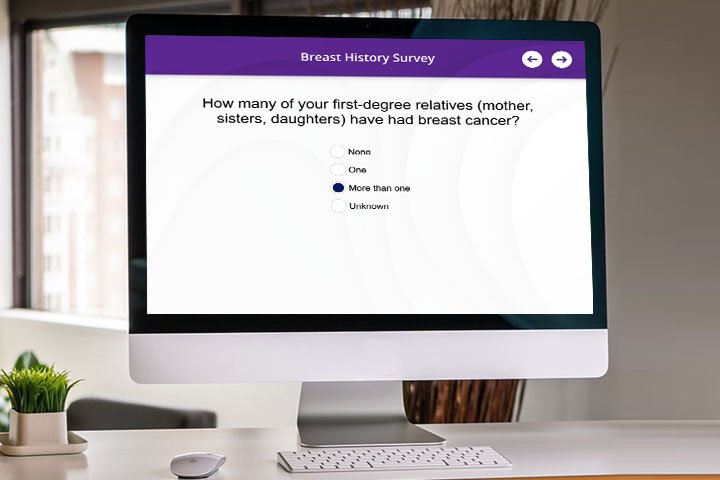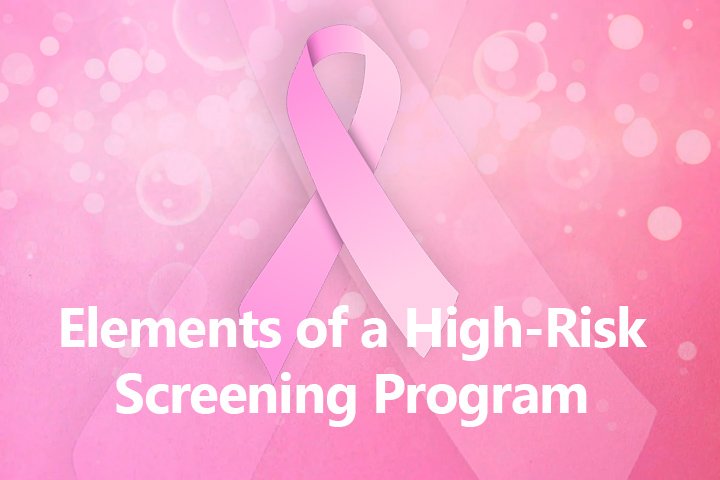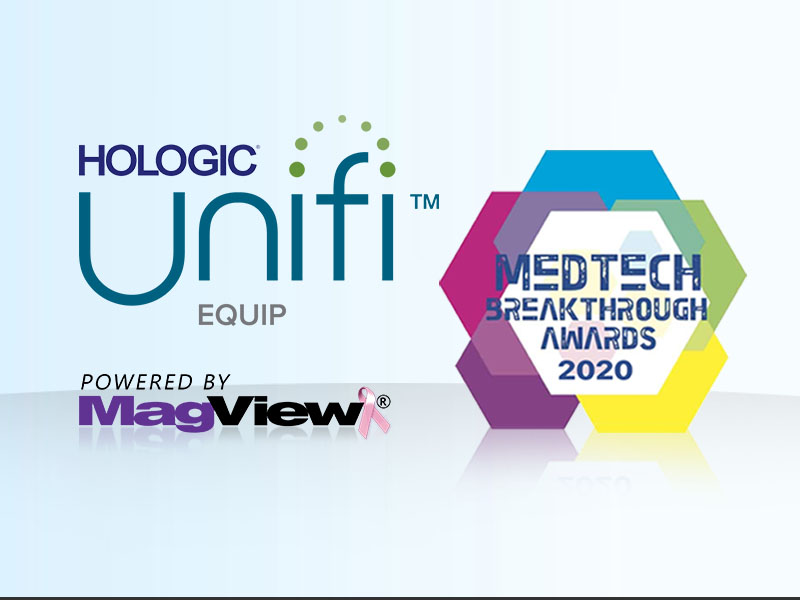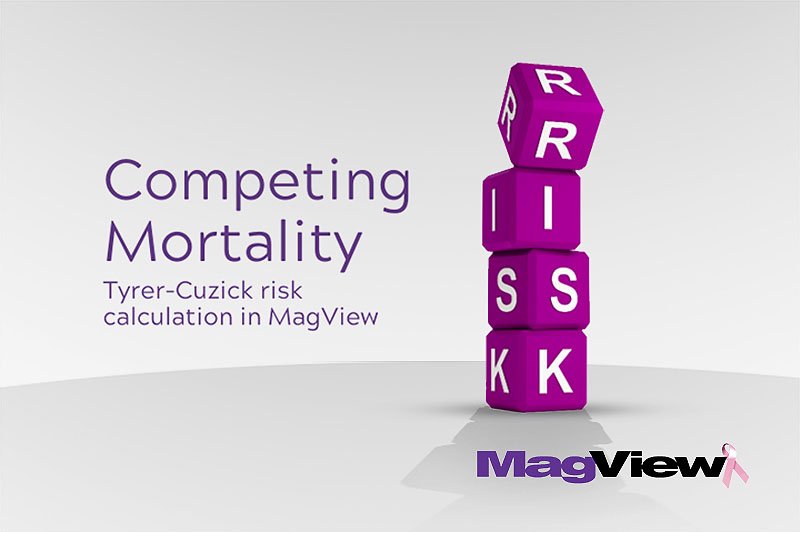Breast cancer is now the most common cancer worldwide and the most commonly diagnosed cancer among women in the United States. Today, the way we look after women’s breast health is changing. We’re moving towards a more personal way of caring for each woman. This means using special tools called breast cancer risk assessment models. These tools help us understand each woman’s own chance of getting breast cancer. But, using these tools is just one part of taking good care of a woman’s breast health. Even after learning your personal risk score, maintaining regular discussions with your doctors and getting an annual mammogram (or additional screening method) remains important.
ACR’s Recommendation for Risk Assessment Starting at Age 25
The American College of Radiology (ACR) now recommends that a woman have a risk assessment for breast cancer as early as age 25. This new advice is a significant advancement. It helps a woman find out sooner if she might be at high risk for breast cancer. Knowing her personal risk score means a woman and her doctor can create a tailored plan specifically for her. This plan might involve starting mammograms earlier or having them more frequently, or she might even need a breast MRI, depending on her risks. Taking early action is all about detecting breast cancer as soon as possible, when it’s easier to treat.
What does it mean to be “High-Risk” for Breast Cancer?
There are three risk categories: average risk, intermediate risk, and high risk. Woman classified as “high-risk” are more likely to develop breast cancer at some point in their lives. If a woman is considered high-risk, their doctor may recommend additional testing beyond an annual screening mammogram such as a breast MRI. Consider the differences between the two commonly used risk assessment tools and where they differ, and where their purpose lies.
What is the Tyrer-Cuzick Breast Cancer Risk Assessment Tool?
This risk assessment tool is designed to provide women with figures related to their chances of developing breast cancer within the next ten years and throughout their lifetime. It figures the likelihood of having some specific gene mutations known for causing cancer development. It’s important to note that this risk assessment tool can’t predict if the patient develops cancer, only the potential chance by giving a percentage figure based on personal details including family history and lifestyle. The figures given at the test completion are the percentages of risk of development over a lifetime and within the next 10 years.
The average percentage for risk is currently less than a 15% score for the Tyrer-Cuzik model. Intermediate risk is between 15% and 19%. Anyone who is classified over 20% is considered to be at high risk of developing breast cancer. There is an online version of this risk assessment tool that provides this information conveniently.
What is the Gail Model?
This model differs from the Tyrer-Cuzick breast cancer risk assessment tool in that it provides the outlook for developing invasive breast cancer over a specified time frame. This model was named for Dr. Mitchell Gail, the NCI Division of Breast Cancer Epidemiology and Genetics senior investigator.
This model takes into consideration various pieces of information about the individual, including basic life statistics, ancestry, cancer in the family, and more. This model has tested different ethnic groups and provides higher accuracy for white women than black or Pacific Islander women. This model measures BRCA1 and BRCA2 mutations. However, despite the baritone for accuracy among different ethnic groups, this model is thought to be highly accurate in contrast to other models with a tendency to underestimate breast cancer risk.
Differences in the Models
In instances of predicting risk in women who have a higher familial cancer history, the Tyrer-Cuzick is likely the most appropriate choice. This is because the Gail model has a tendency to underestimate risk of developing breast cancer in women with familial history of cancer. The findings of both models show a significant risk increase for individuals who are obese in any age group. For example, the risk rises from 0.8% for the 35-39 age group to 1.5% for 65-69 years. However, the Tyrer-Cuzick model presented the highest degree of accuracy for potentially developing breast cancer.
The Inclusion of Breast Density in the Tyrer-Cuzick Risk Model
Another difference between the Tyrer-Cuzick and Gail risk models is the inclusion of breast density in the Tyrer-Cuzick model. Breast density is a significant risk factor for breast cancer, with denser breast tissue not only increasing cancer risk but also making it more challenging to detect tumors via mammography. The Tyrer-Cuzick model’s consideration of breast density allows for a more nuanced risk assessment, offering a clearer picture of an individual’s risk level. This inclusion is critical, as it guides the customization of screening strategies to ensure the early detection of breast cancer in those with dense breast tissue. For more information on dense breasts visit DenseBreast-info.org.
The Role of Breast Cancer Risk Calculators in a Comprehensive Breast Health Strategy
While breast cancer risk calculators, such as the Tyrer-Cuzick and Gail models, are invaluable tools for raising awareness and guiding screening recommendations, they are not the sole elements in managing breast health. These calculators should be part of a broader, comprehensive strategy that includes self-breast exams, regular discussions with healthcare providers, and adherence to recommended screening schedules, such as annual mammograms. It’s crucial to remember that even individuals categorized as low-risk should engage in these preventive measures. Regular screening and preventive practices remain vital for detecting breast cancer early and maintaining overall breast health.
References
- Performance of the Gail and Tyrer-Cuzick breast cancer risk assessment models in women screened in a primary care setting with the FHS-7 questionnaire
- https://www.letlifehappen.com/what-to-know-about-the-tyrer-cuzick-score/
- https://www.sciencedirect.com/science/article/pii/S1555415516303750

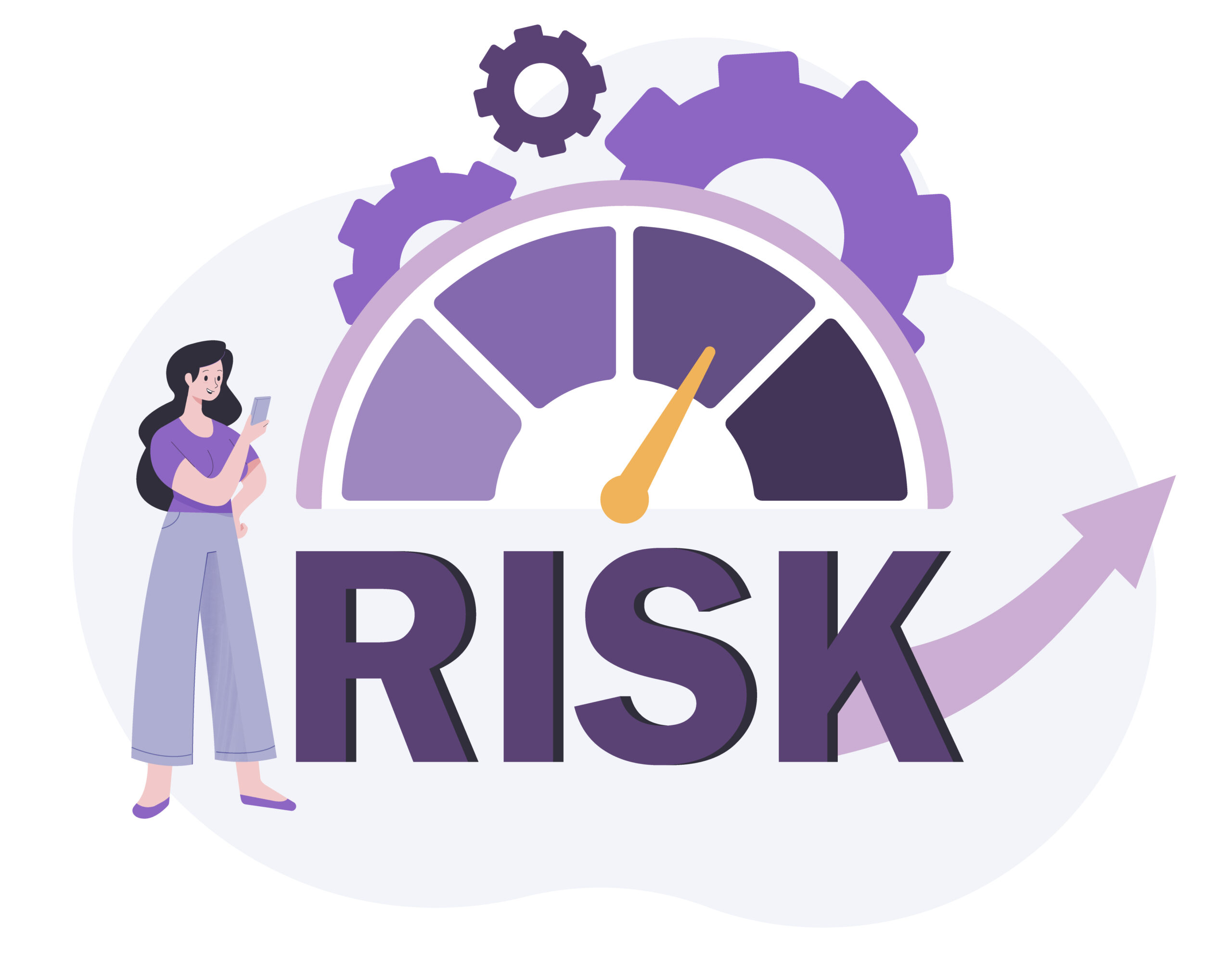


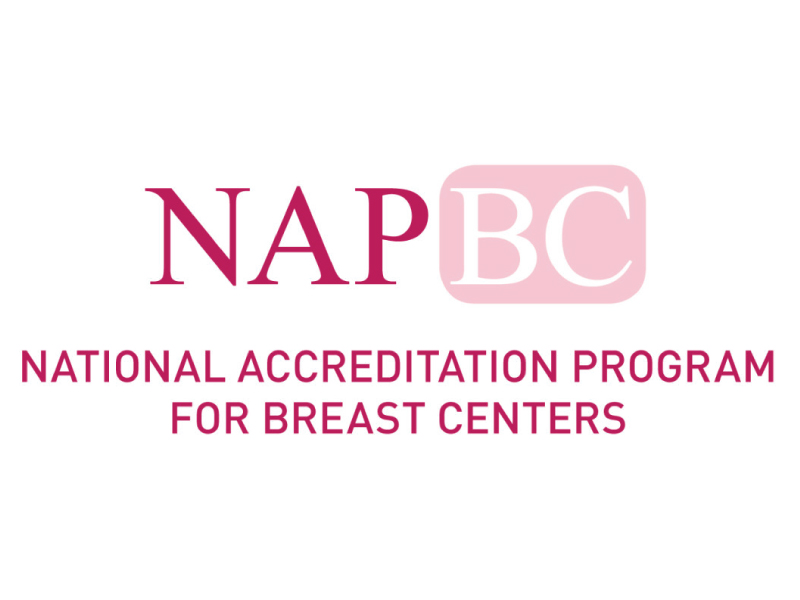
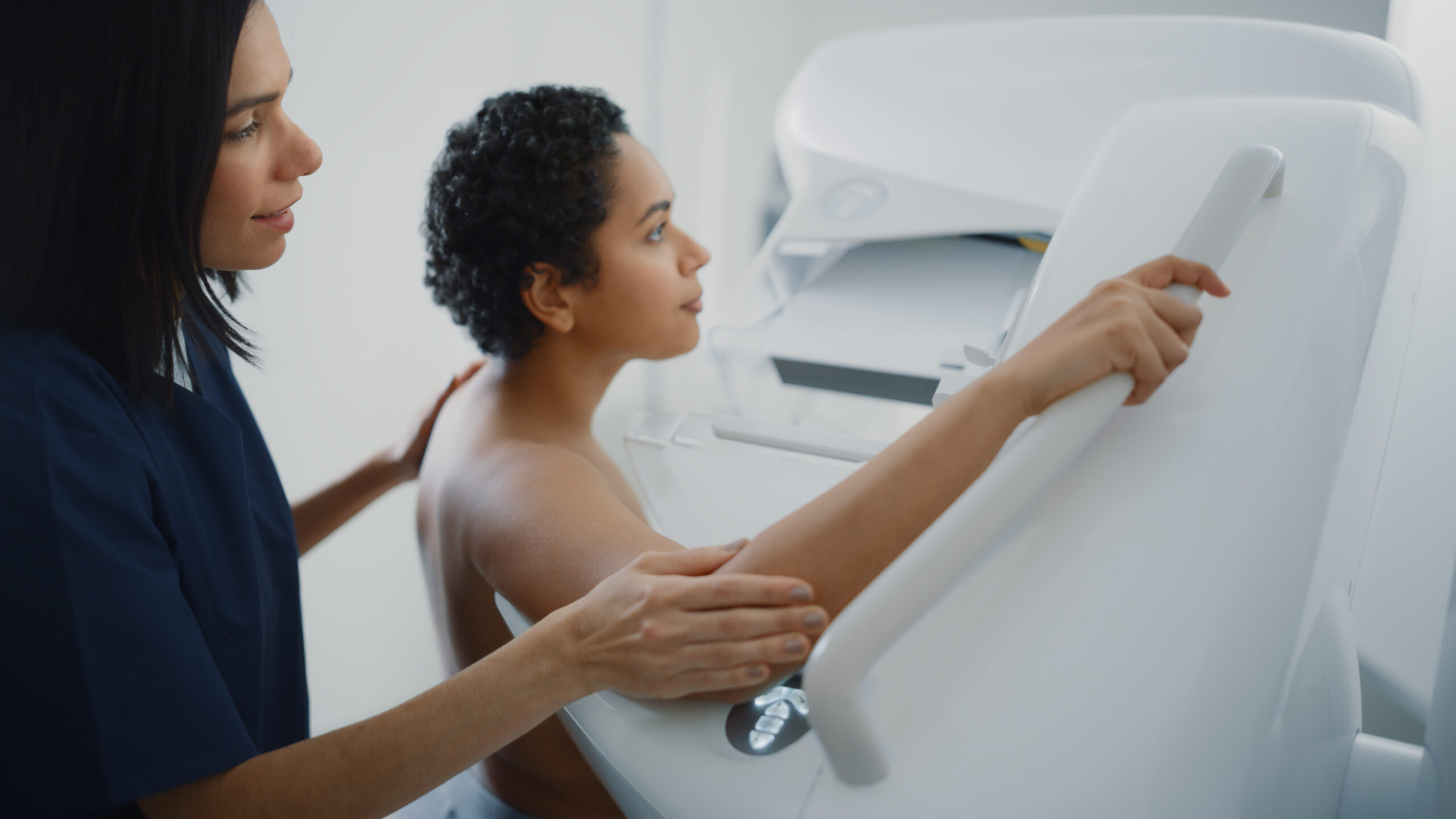
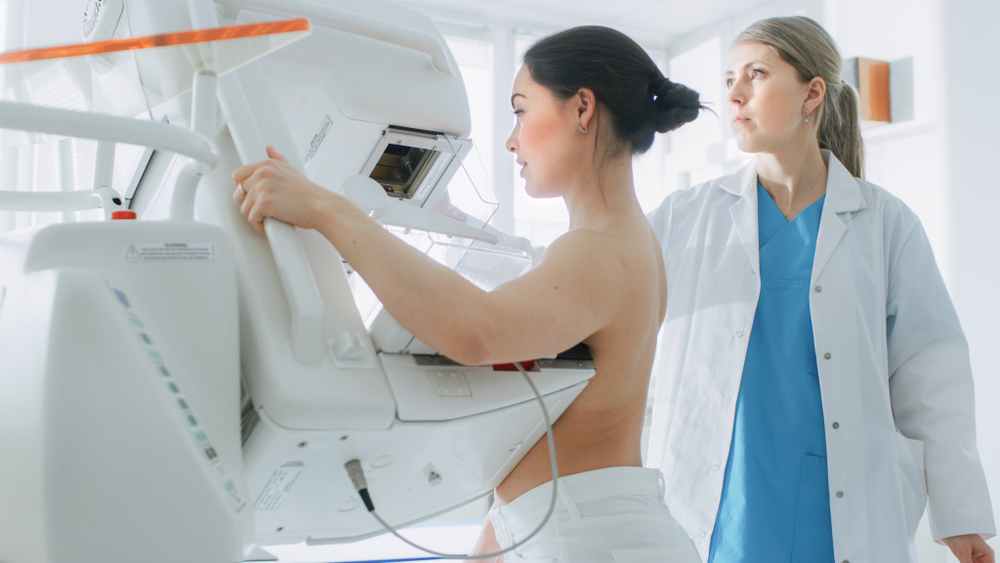
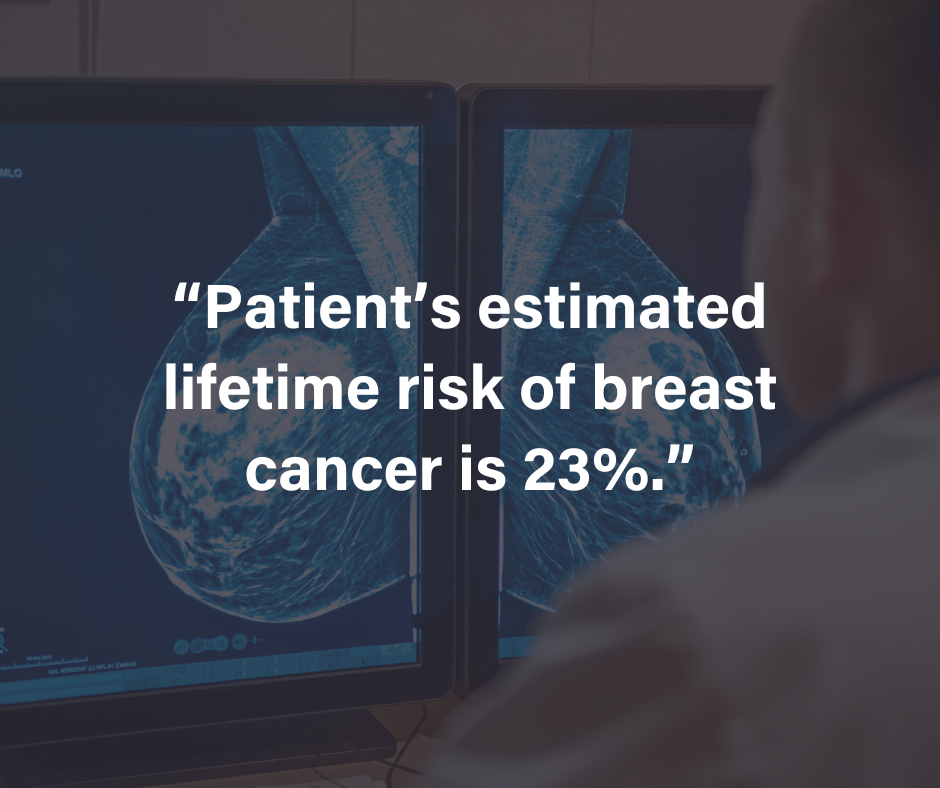
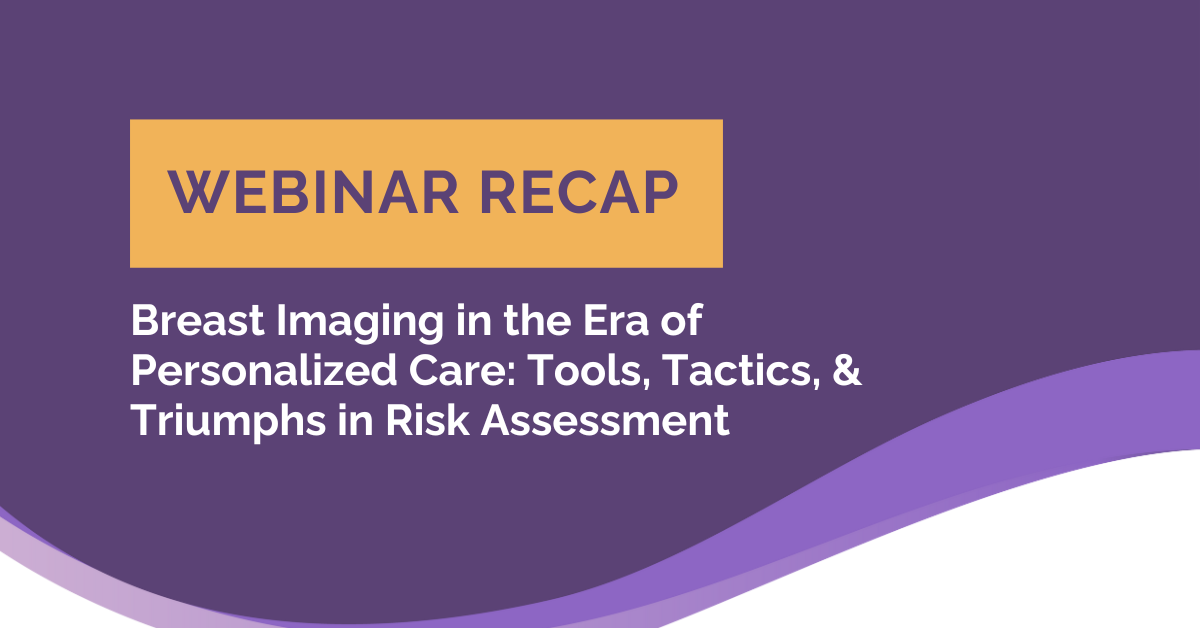
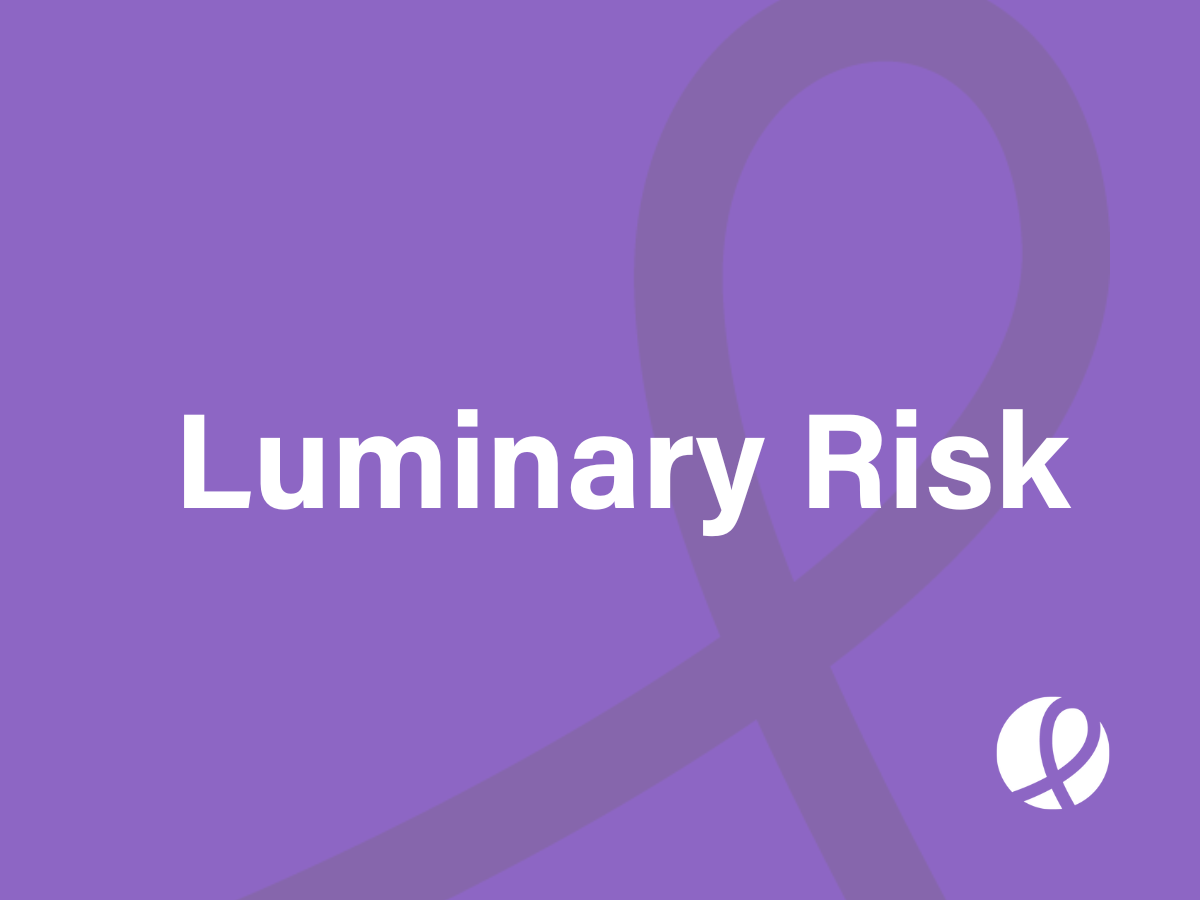





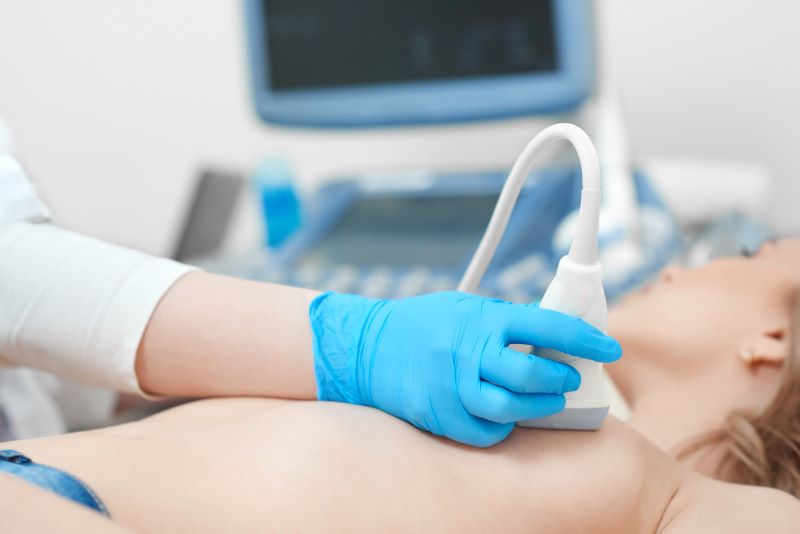
![monitoring breast density shutterstock_1299510538-[Converted]](https://magview.com/wp-content/uploads/2023/05/shutterstock_1299510538-Converted.jpg)
